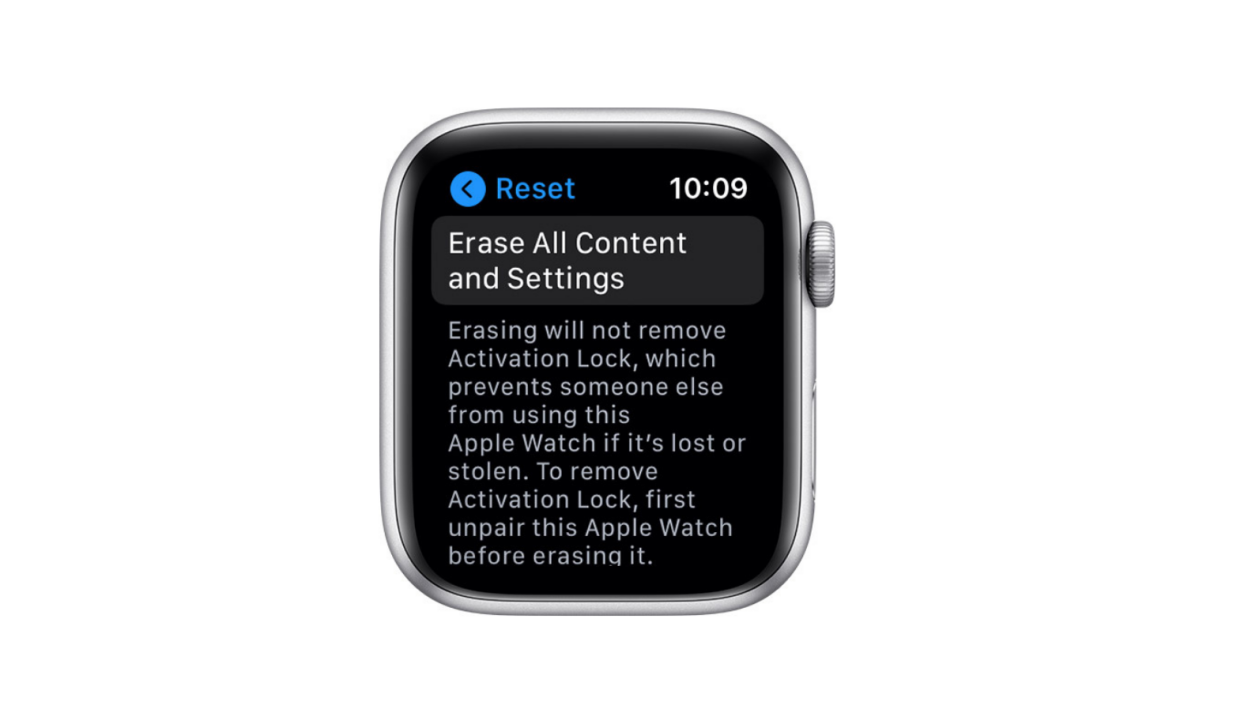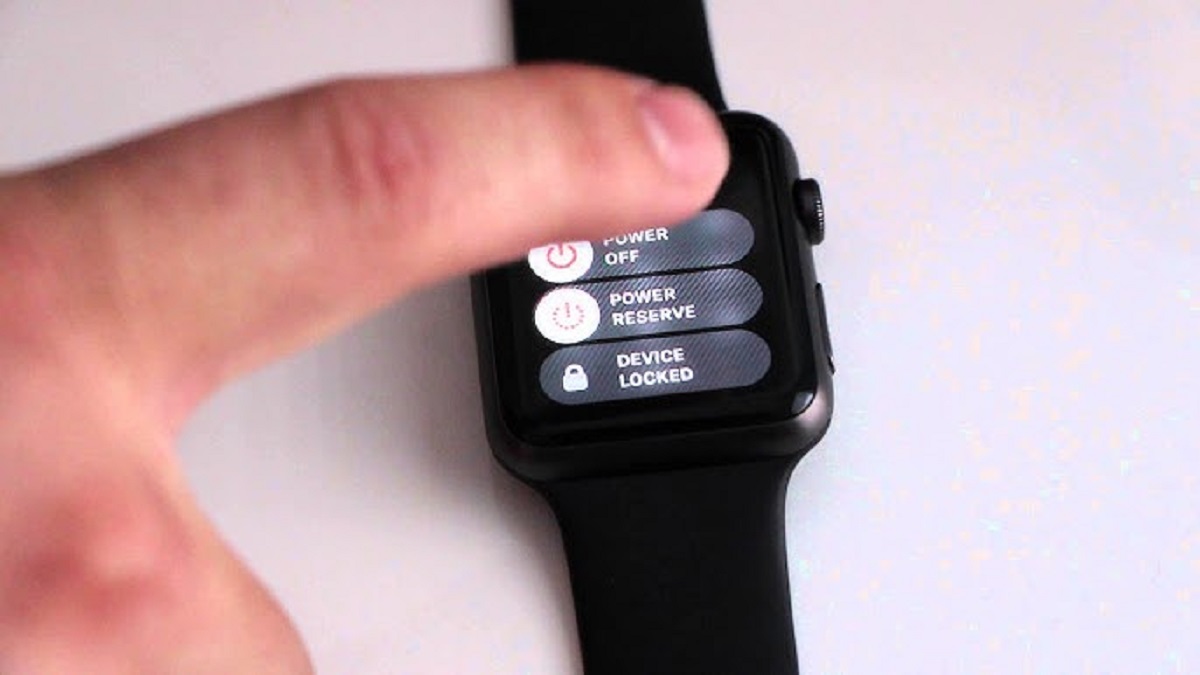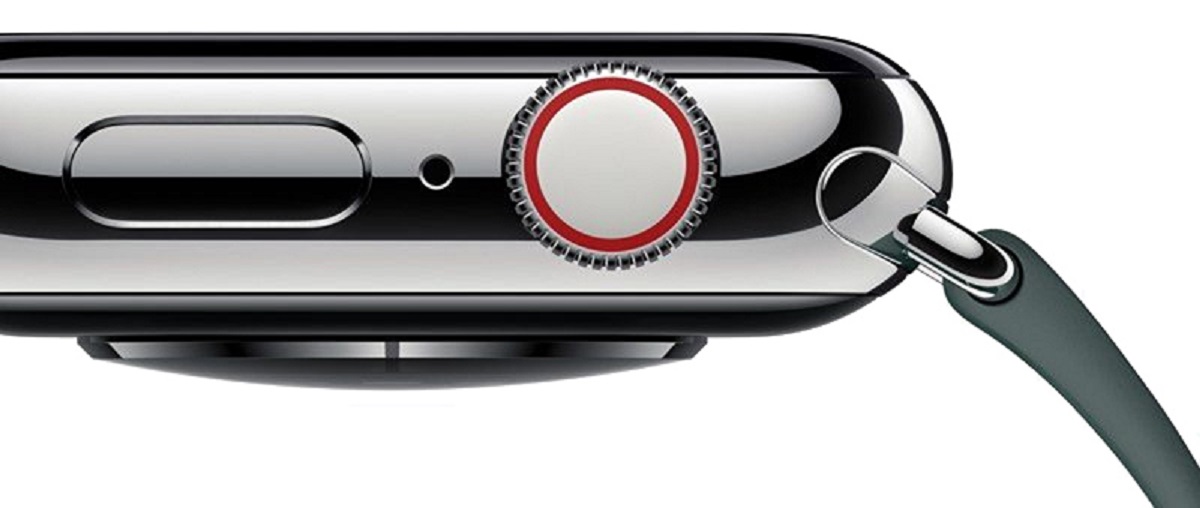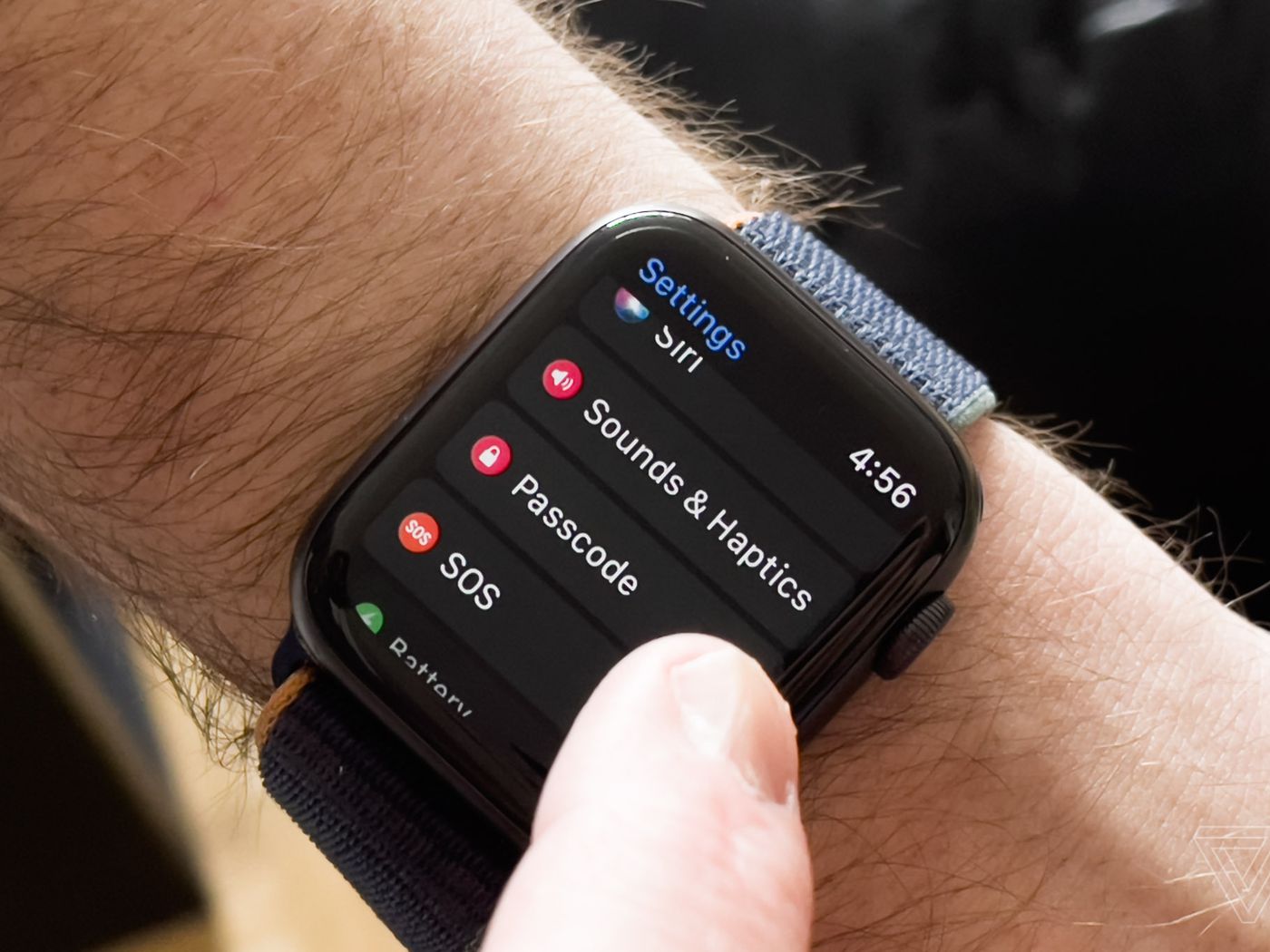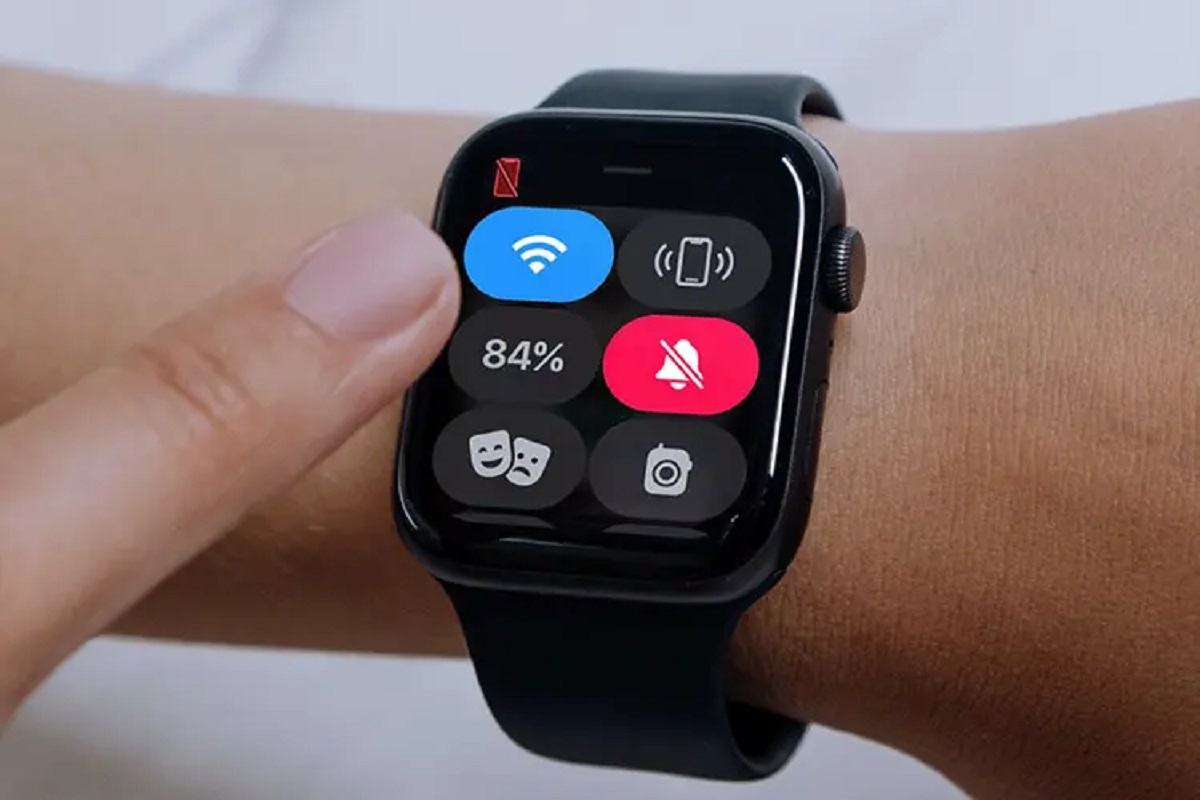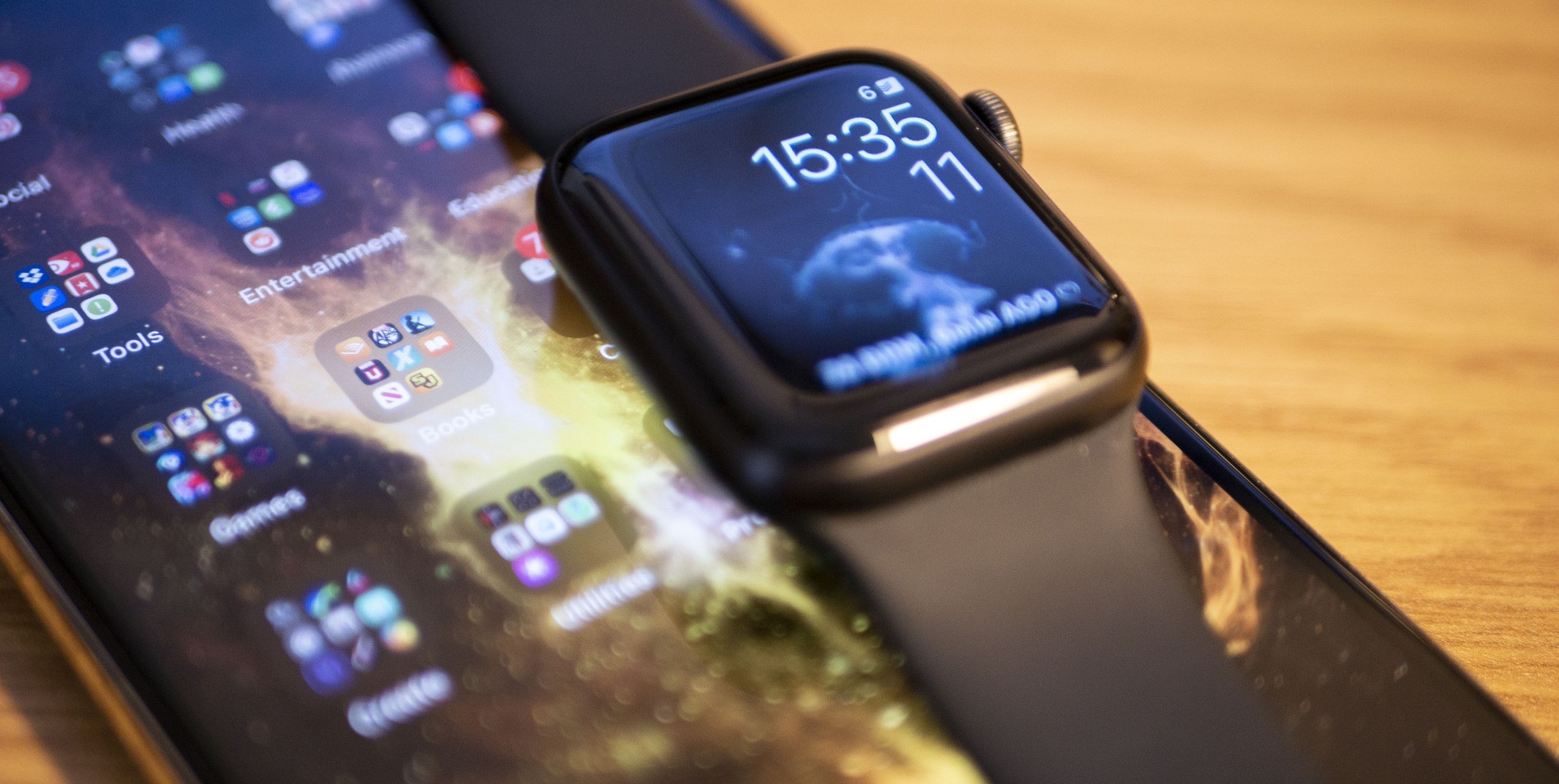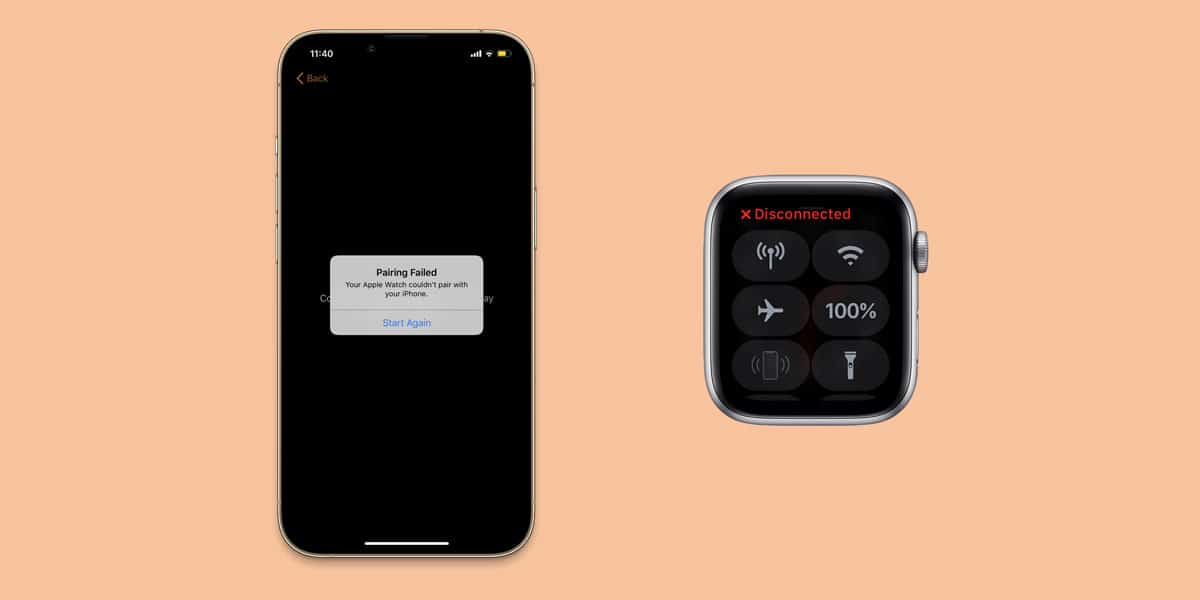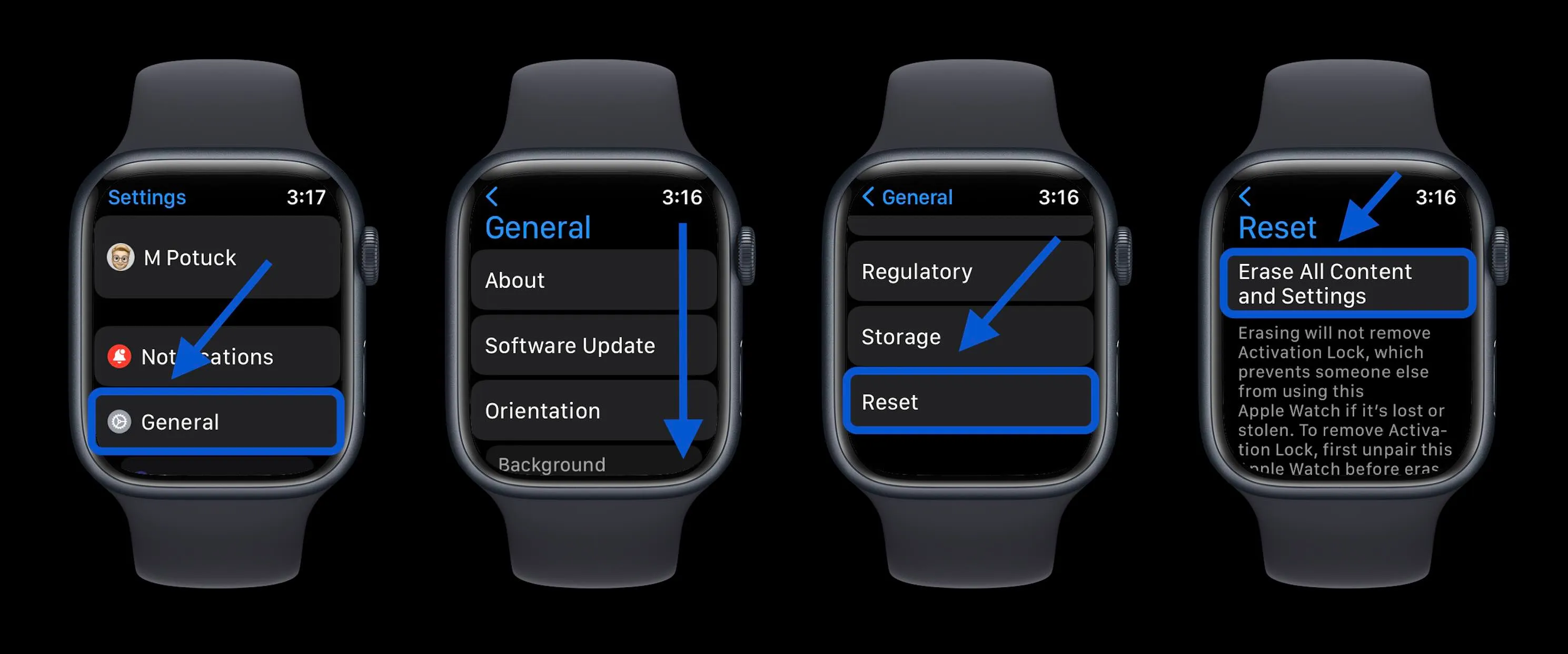Common Issues With Apple Watch
Apple Watch is a versatile and powerful device that offers numerous functionalities to its users. However, like any electronic device, it can encounter some common issues that may require troubleshooting. Understanding these issues and their potential solutions can help you quickly address any problems you may encounter with your Apple Watch.
One of the most common issues is a frozen or unresponsive Apple Watch screen. This can occur when an app is not responding or when the device is experiencing a software glitch. In such cases, performing a soft reset is often the quickest and easiest way to resolve the problem. To perform a soft reset, simply press and hold the side button and the digital crown simultaneously until the Apple logo appears on the screen. Your watch will reboot, and the issue should be resolved.
In more severe cases, a hard reset may be necessary. This is often required when the Apple Watch is completely unresponsive or if you need to erase all personal data from the device. To perform a hard reset, press and hold the side button and the digital crown for at least 10 seconds until the Apple logo appears. Keep in mind that a hard reset will erase all content and settings on your Apple Watch, so it should only be used as a last resort.
If your Apple Watch is still experiencing issues after performing a soft or hard reset, restoring it to factory settings may be the solution. This process will erase all data and settings, turning your Apple Watch into a clean slate. To restore your Apple Watch, open the Watch app on your paired iPhone, go to the My Watch tab, tap General, and then tap Reset. From there, select “Erase Apple Watch Content and Settings” and follow the on-screen instructions.
After restoring your Apple Watch to factory settings, you’ll need to pair it again with your iPhone. Follow the on-screen instructions on your iPhone and Apple Watch to complete the pairing process. Make sure that both devices are close to each other and connected to Wi-Fi or cellular data.
If you’re still encountering issues with your Apple Watch, there are a few troubleshooting tips you can try. First, make sure that your Apple Watch and iPhone are both updated to the latest software versions. You can check for updates in the Watch app on your iPhone. Additionally, try unpairing and then re-pairing your Apple Watch with your iPhone to refresh the connection between the two devices. You can do this by going to the My Watch tab in the Watch app, selecting your Apple Watch, and tapping on the “i” icon next to it. Finally, if you’re experiencing issues with specific apps, try deleting and reinstalling them to see if that resolves the problem.
By understanding these common issues and their potential solutions, you can troubleshoot and resolve any problems you may encounter with your Apple Watch. Remember to always keep your device updated, perform regular resets when needed, and explore additional troubleshooting steps to ensure the smooth functioning of your Apple Watch.
Soft Reset
A soft reset is a simple and effective method to resolve various issues with your Apple Watch. It can help to unfreeze a frozen screen, fix unresponsive apps, and resolve minor software glitches. Performing a soft reset is quick and easy, and it doesn’t erase any data or settings on your device.
To perform a soft reset on your Apple Watch, follow these steps:
- Press and hold the side button, which is located below the Digital Crown, and the Digital Crown simultaneously.
- Continue holding both buttons until the Apple logo appears on the screen.
- Release both buttons and wait for your Apple Watch to reboot.
Once the Apple logo appears, your watch will turn off and then restart. This process usually takes a few seconds. After the restart, you can start using your Apple Watch as usual, and the issue you were experiencing should be resolved.
It’s worth noting that a soft reset is different from restarting your Apple Watch. When you restart your watch, you turn it off and then turn it back on. However, a soft reset is a more comprehensive reset that refreshes the device’s memory and clears any temporary issues that may be causing problems.
If you continue to experience issues with your Apple Watch after performing a soft reset, you may need to consider other troubleshooting steps such as a hard reset or restoring your device to factory settings. However, for most common issues, a soft reset is often sufficient to resolve the problem and restore your Apple Watch to optimal functioning.
Performing regular soft resets can also help to prevent potential issues from occurring in the first place. Just like any other electronic device, your Apple Watch can benefit from an occasional “reboot” to clear out any temporary glitches. It’s a good idea to make soft resets a part of your routine maintenance for your Apple Watch.
In summary, a soft reset is a quick and effective method to resolve common issues with your Apple Watch. By following the simple steps outlined above, you can quickly unfreeze a frozen screen, fix unresponsive apps, and address minor software glitches. Remember to perform regular soft resets to keep your Apple Watch running smoothly.
Hard Reset
If your Apple Watch is completely unresponsive or you need to erase all personal data from the device, a hard reset may be necessary. A hard reset, also known as a force restart, is a more drastic measure than a soft reset and should only be used as a last resort.
Here’s how you can perform a hard reset on your Apple Watch:
- Press and hold the side button, located below the Digital Crown, and the Digital Crown simultaneously.
- Keep holding both buttons for at least 10 seconds.
- Release both buttons when the Apple logo appears on the screen.
Once the Apple logo appears, your Apple Watch will turn off and then restart. This process may take a few seconds, and you may feel a vibration when the watch restarts.
It’s important to note that a hard reset will not erase any data or settings on your Apple Watch. It is different from restoring your watch to its factory settings. A hard reset simply forces your Apple Watch to restart, which can help to resolve issues caused by software glitches or unresponsive apps.
However, if you need to erase all personal data from your Apple Watch, you will need to perform a factory reset. Keep in mind that this will delete all content and settings on your watch, so it’s crucial to back up any important data beforehand.
To perform a factory reset on your Apple Watch:
- Open the Watch app on your paired iPhone.
- Go to the My Watch tab.
- Tap General, then scroll down and tap Reset.
- Select “Erase Apple Watch Content and Settings” and follow the on-screen instructions.
After the reset is complete, you can pair your Apple Watch with your iPhone again and restore your data from the backup if you have one.
Remember, a hard reset should only be used when your Apple Watch is completely unresponsive or if all other troubleshooting methods have failed. It’s important to consider the implications of a hard reset, as it will not fix hardware-related issues and may cause data loss if not done correctly.
In summary, a hard reset is a more drastic measure to address issues with your unresponsive Apple Watch. By following the steps outlined above, you can force restart your device and potentially resolve software glitches or unresponsive apps. Before performing a hard reset, consider if a soft reset or other troubleshooting methods can address the issue. And if you need to erase all personal data, opt for a factory reset instead.
Restoring Apple Watch to Factory Settings
Restoring your Apple Watch to factory settings can be a helpful solution when you encounter persistent issues or want to prepare your watch for a new owner. By doing a factory reset, you will erase all data and settings on your Apple Watch, returning it to its original state like when you first purchased it.
To restore your Apple Watch to factory settings, follow these steps:
- Make sure your Apple Watch is charged or connected to a power source.
- On your paired iPhone, open the Watch app.
- Go to the “My Watch” tab and tap “General”.
- Scroll down and tap “Reset”.
- Select “Erase Apple Watch Content and Settings”.
- Enter your passcode if prompted.
- Confirm the action by tapping “Erase All Content and Settings”.
It may take a few minutes for your Apple Watch to erase all data and settings and restore to factory settings. Ensure that your Apple Watch is connected to Wi-Fi or cellular data during this process.
After the factory reset is complete, you can pair your Apple Watch with your iPhone again and set it up as a new device. If you have a recent backup, you can restore your data from the backup during the setup process.
Performing a factory reset is useful not only when you encounter persistent issues with your Apple Watch but also when you plan to sell or give away the device. By erasing all personal data and settings, you can ensure your privacy and create a fresh start for the new owner.
It’s worth noting that once you perform a factory reset, there is no way to undo it or retrieve any deleted data. Therefore, it is crucial to back up any important information before proceeding with the factory reset.
In summary, restoring your Apple Watch to factory settings can be a helpful solution to persistent issues or when preparing to sell or give away the device. By following the steps provided above, you can perform a factory reset, erasing all data and settings on your Apple Watch, and returning it to its original state. Remember to back up any important data before proceeding with the reset and follow the on-screen instructions to set up your Apple Watch again after the reset is complete.
Pairing Apple Watch with iPhone Again
After restoring your Apple Watch to factory settings or getting a new iPhone, you will need to pair your Apple Watch with your iPhone again for seamless functionality. The pairing process ensures that your watch and phone are connected and enables you to access all the features and notifications on your wrist.
Here’s how you can pair your Apple Watch with your iPhone:
- Make sure your Apple Watch is turned on and close to your iPhone.
- Open the Watch app on your iPhone.
- Tap “Start Pairing” or “Pair New Watch”.
- Use your iPhone to scan the pattern displayed on your Apple Watch screen, or you can choose to pair manually by tapping “Pair Apple Watch Manually” and following the instructions.
- Follow the on-screen prompts to complete the pairing process.
- If prompted, enter your Apple ID and password to enable features like Apple Pay and iCloud.
During the pairing process, ensure that both your iPhone and Apple Watch are connected to Wi-Fi or cellular data. This will help in the successful completion of the pairing and synchronization of data between the two devices.
Once the pairing is complete, your Apple Watch will automatically sync with your iPhone, transferring settings, apps, and data. This synchronization process may take a few minutes, depending on the amount of data to be transferred.
If you have a backup of your Apple Watch, you will have the option to restore your data during the pairing process. Simply choose the backup you want to restore from and wait for the synchronization to finish.
It’s important to note that when pairing your Apple Watch with your iPhone again, you might need to reconfigure some settings and preferences, such as app notifications, watch face customization, and fitness tracking preferences. Take this opportunity to customize your Apple Watch to your liking.
In case you experience any issues during the pairing process, ensure that both devices have the latest software updates installed. You can check for updates on your iPhone by going to Settings > General > Software Update. Also, ensure that Bluetooth is enabled on your iPhone and that both devices are within Bluetooth range.
In summary, pairing your Apple Watch with your iPhone again is a necessary step after restoring your watch to factory settings or getting a new iPhone. By following the simple steps outlined above, you can quickly pair your devices and enjoy the seamless integration between your watch and phone. Take this opportunity to customize your settings and preferences to make the most out of your Apple Watch experience.
Troubleshooting Tips for Apple Watch
While Apple Watch is designed to be a reliable and seamless device, you may encounter occasional issues that require troubleshooting. Here are some helpful tips to address common problems and keep your Apple Watch running smoothly.
1. Check for software updates: Ensure that both your Apple Watch and iPhone have the latest software updates installed. Software updates often include bug fixes and enhancements that can improve the performance and stability of your Apple Watch. To check for updates, open the Watch app on your iPhone, go to the “My Watch” tab, then tap on “General” and select “Software Update”.
2. Restart your Apple Watch and iPhone: Sometimes, a simple restart can resolve minor issues. Begin by powering off your Apple Watch, then turn it back on. Next, restart your iPhone. This can help refresh the connection between the two devices and resolve any temporary software glitches.
3. Unpair and re-pair your Apple Watch: If you’re experiencing persistent issues, unpairing and re-pairing your Apple Watch with your iPhone can help resolve the problem. Open the Watch app on your iPhone, go to the “My Watch” tab, tap on your Apple Watch, and select “Unpair Apple Watch. Follow the prompts to complete the unpairing process, then proceed to pair your Apple Watch with your iPhone again.
4. Reset network settings: If you’re encountering connectivity issues with your Apple Watch, resetting the network settings may help. On your iPhone, go to Settings > General > Reset and tap on “Reset Network Settings”. Keep in mind that this will also remove saved Wi-Fi networks and Bluetooth connections, so you’ll need to reconfigure them afterward.
5. Delete and reinstall problematic apps: If a specific app on your Apple Watch is causing issues, try deleting and reinstalling it. Press the Digital Crown on your Apple Watch to go to the app screen, find the app, press and hold its icon until the X appears, and then tap the X to uninstall. Afterward, visit the App Store on your iPhone, search for the app, and reinstall it on your Apple Watch.
6. Reset your Apple Watch settings: In some cases, resetting your Apple Watch settings can help resolve persistent issues. On your Apple Watch, go to Settings > General > Reset and tap on “Reset All Settings”. This will reset all settings but will not erase your data or apps. After the reset, reconfigure your preferences as needed.
7. Contact Apple Support: If you’ve tried the troubleshooting tips above and are still experiencing issues, it may be best to reach out to Apple Support. They can provide further guidance and assistance based on your specific situation.
By following these troubleshooting tips, you can address common issues with your Apple Watch and ensure its optimal performance. Remember to keep your devices updated, perform regular restarts, and reach out to Apple Support when necessary.







